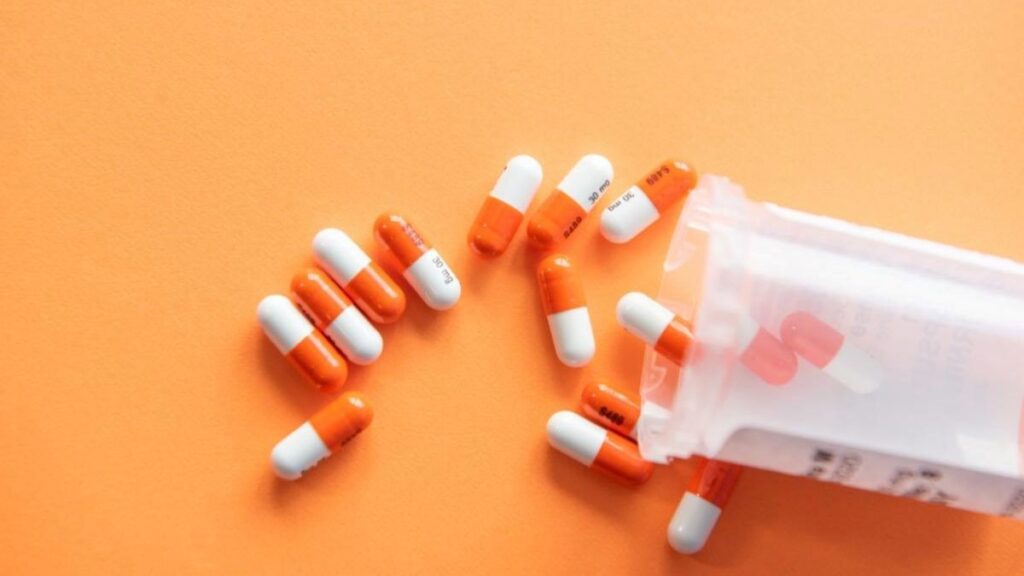Background
It is difficult to track use and outcomes in patients who pay cash for their prescriptions at the pharmacy. In Texas, 14% of all opioid prescriptions are paid with cash, often by uninsured patients and pharmacy shoppers.
Objective
To evaluate the association of cash payment with intensity of opioid prescriptions.
Methods
Using a prescription drug monitoring program and the U.S. Census data for the 2019 calendar year, this cross-sectional descriptive study analyzed more than 4 million opioid prescriptions in Texas residents aged 18-64 years. The payment type was coded as insurance if the prescription was paid in whole or in part by a health plan and as cash otherwise. Daily morphine milligram equivalent (MME) dose was used to compare the intensity of opioid prescriptions. The association of uninsured rates with mean daily MME and the number of opioid prescriptions paid with cash per 100,000 persons were assessed at a county level.
Results
Cash payment was associated with 30% higher mean daily MME (59 vs. 45; P < 0.001) than insurance payment. This difference was driven by the prescriptions for patients aged 25-34 years and from the highest decile of prescribers based on the percentage of opioid prescriptions paid by cash. For instance, cash payment was associated with 82% higher mean daily MME (91 vs. 50; P < 0.001) when patients aged 25-34 years obtained their prescriptions from the highest decile of prescribers. At a county level, uninsured rates were not associated with mean daily MMEs or the number of opioid prescriptions paid with cash.
Conclusion
Cash payment was associated with a higher intensity of opioid prescriptions, mirroring the rates of drug overdose deaths across the patient age groups. Further research and policy actions need to address unmet pain management needs in uninsured patients and potential pharmacy shopping with cash payment and fraudulent identifications.
The full study is available in Journal of the American Pharmacists Association.
